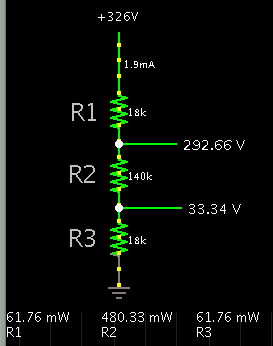sam781
Full Member level 4
I've made a bridge Converter and an Inverter.
Converter: 12v to 400v dc (practically measured using DMM after applying filter)
Inverter: Sine PWM inverter. Checked output using 12v supply. output is not that much good. but I want to check with higher volt (400v).
Now, to get both the circuits (converter and inverter) work I'll have to have a common ground. how can I connect the converter control circuit's ground to the output (400v) ground?
Converter: 12v to 400v dc (practically measured using DMM after applying filter)
Inverter: Sine PWM inverter. Checked output using 12v supply. output is not that much good. but I want to check with higher volt (400v).
Now, to get both the circuits (converter and inverter) work I'll have to have a common ground. how can I connect the converter control circuit's ground to the output (400v) ground?


